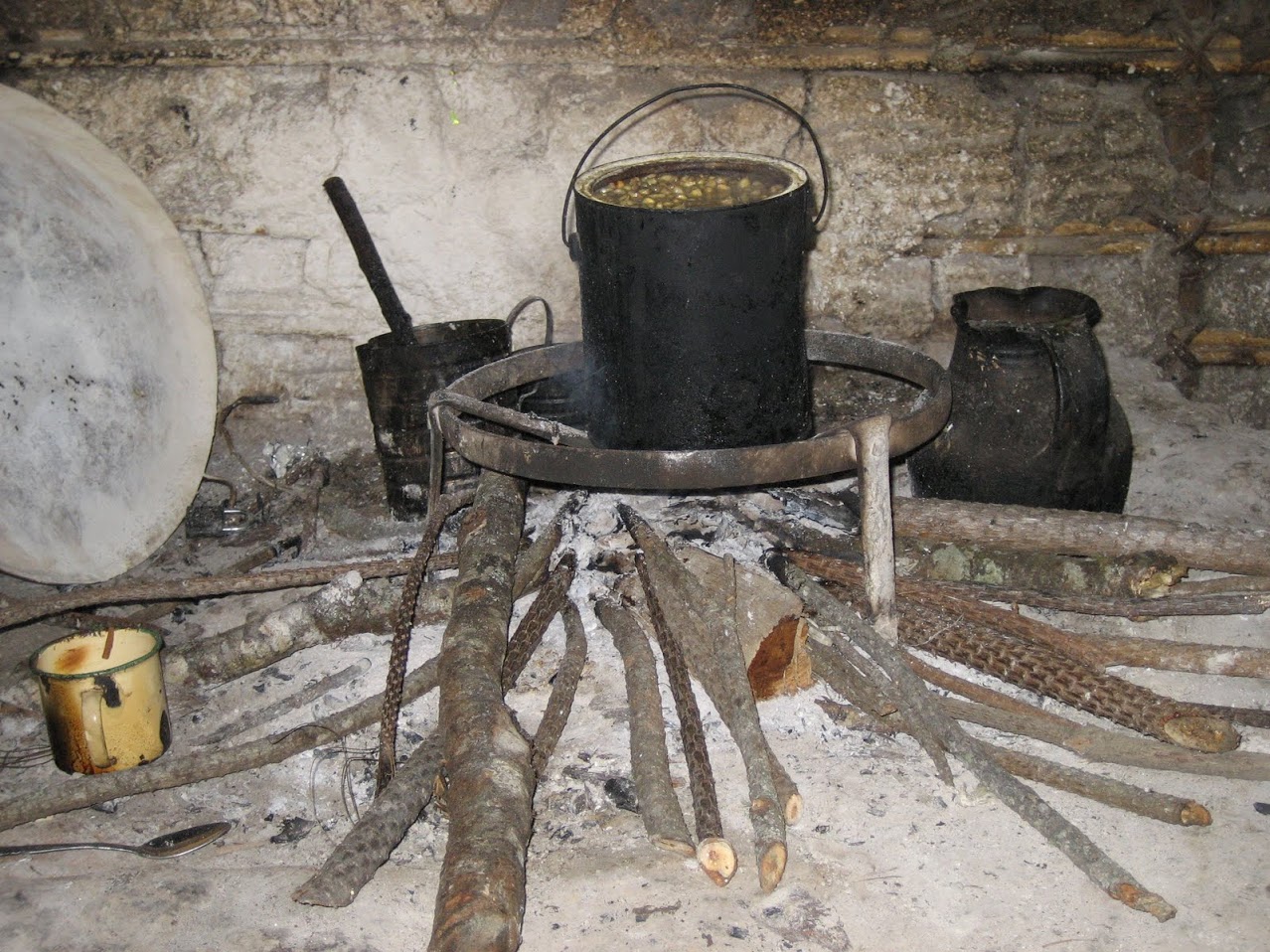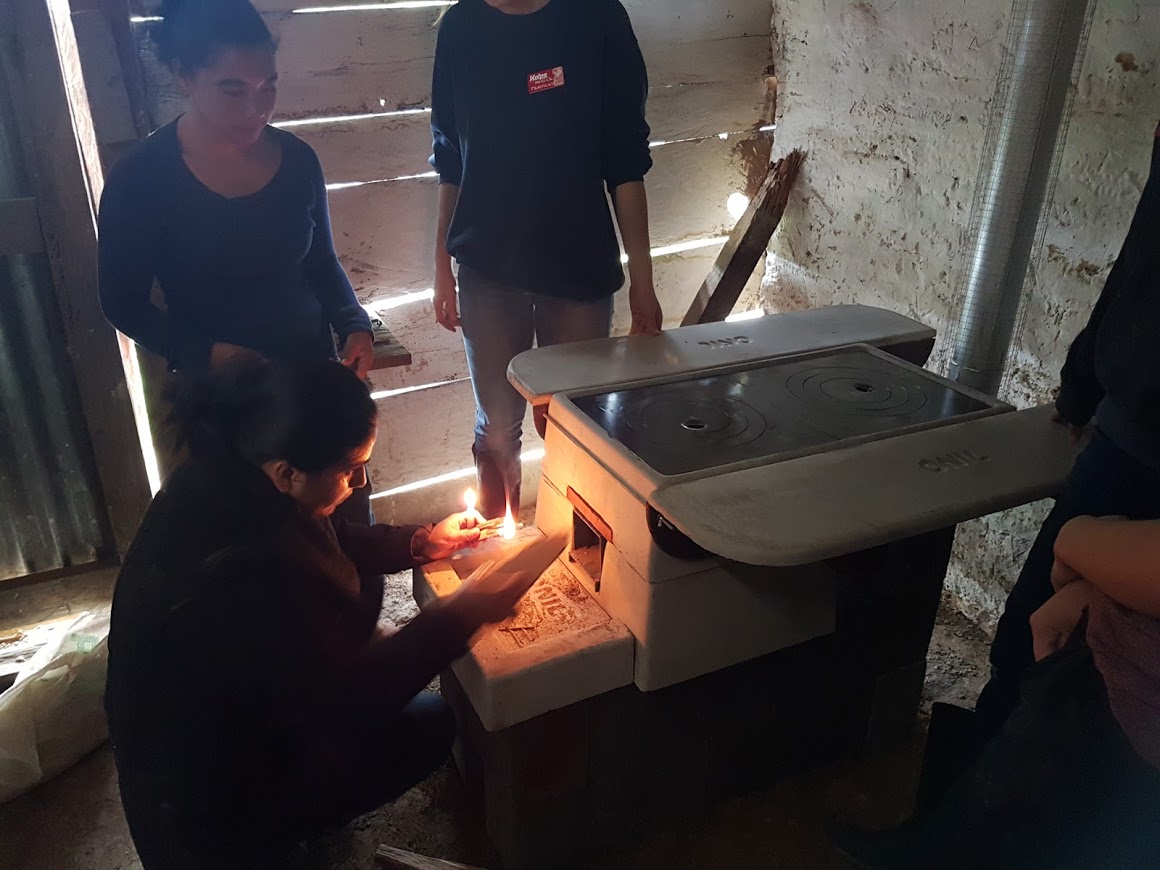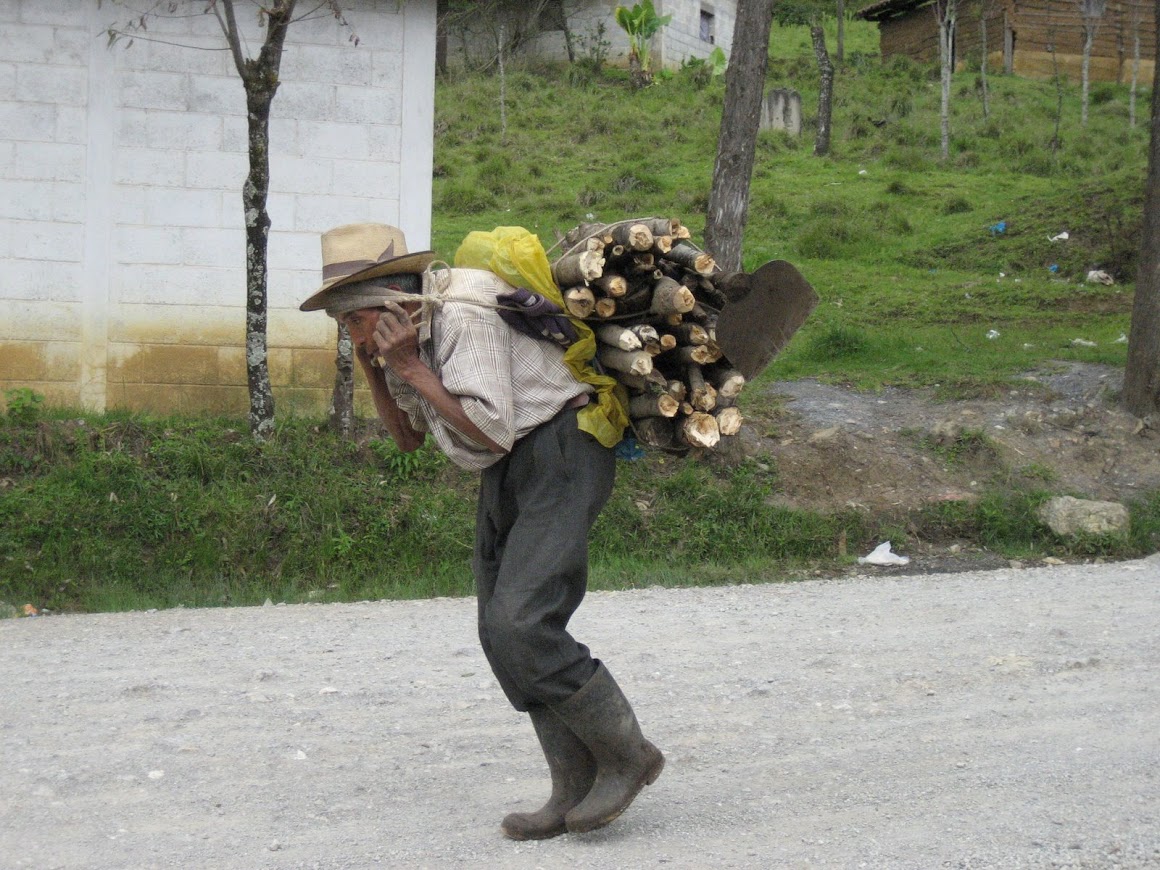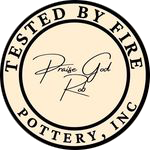Uncategorized
Wooden Spoons and Spatulas Part I
What drew me to Guatemala.

In July of 2007, I went to Guatemala on a mission trip with my mother. She went on the mission trip the year before and she thought that I needed to go. I didn’t necessarily agree with that, but my father had died a couple of years before and I felt I couldn’t refuse to make the trip.
The Mission Team
The team consists of three sections, the medical team, kitchen team and community development team. My mother worked on the kitchen team, which prepared food for the 100 plus team members auxiliary staff. It’s the most demanding job on the team and I knew I wasn’t interested in spending fourteen hours a day in the kitchen. Since I had no medical training, the stoves team or community development team was the only one that was a good fit for my skill set. I worked in construction for a few years and was a potter, I was very familiar with fire and knew how to build kilns. But that year, HELPS made no preparations for the team to work in the surrounding community to install stoves. I had an excuse not to go on the trip, but Steve Miller, the man that established the non-profit HELPS International, heard that we weren’t going to install stoves and made arrangements for our team. So the stoves team was on, and I no longer had an excuse not to go to Guatemala. This would not be the last time I would have a perfect excuse pulled from my grasp.
The Stoves Team

The stoves team installs two types of stoves. The plancha stove goes inside the house and raises the fire off the floor, venting smoke out of the house. Called the Onil Stove, these were invented by Steve Miller’s brother-in-law, and they burn 75% less wood than the traditional three-stone fire. The other stove designed to cook a large pot of black beans and set up outside.
The stoves solve several problems for the people in the mountains of Guatemala. Foraging for wood is a time-consuming task of the women in the family which takes a great deal of time or money if they buy their wood. They also injure themselves carrying the wood on their backs up and down the steep mountain inclines.

The stoves have a stovepipe that vents the smoke out of the house. This helps alleviate the persistent lung and bronchial problems that develop after years of daily exposure to smoke in the house. However, there is one unforeseen drawback from decreased smoke in the house, and that is an increase in mosquito-borne illnesses. The smoke was keeping those mosquitoes at bay. Since the fire is up off the floor and enclosed, it is unlikely that children/toddlers will fall into the fire and get burned. The open fire has been a significant source of injury to children in the homes. The homes are usually dirt-floored, one-room structures with a tin roof and wood siding or adobe brick walls.
